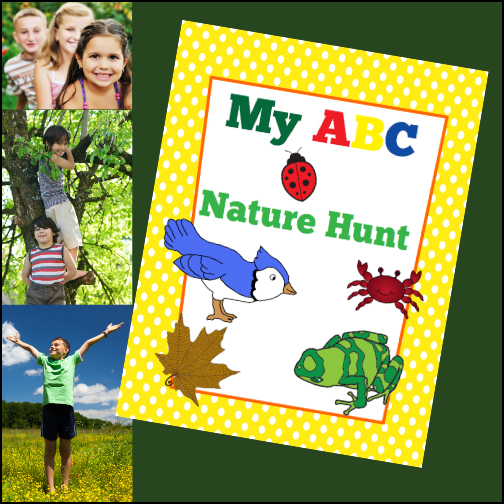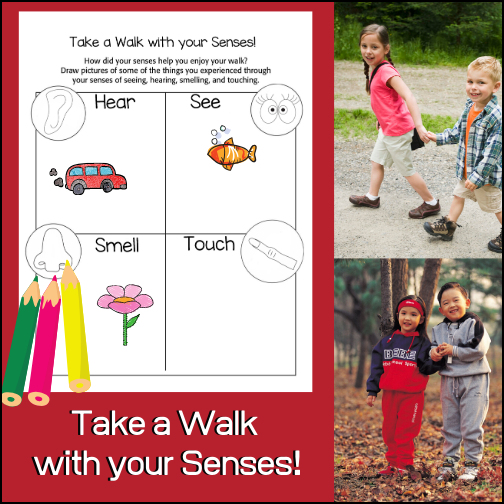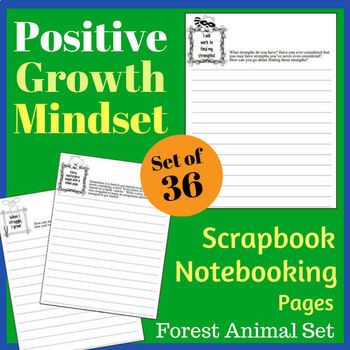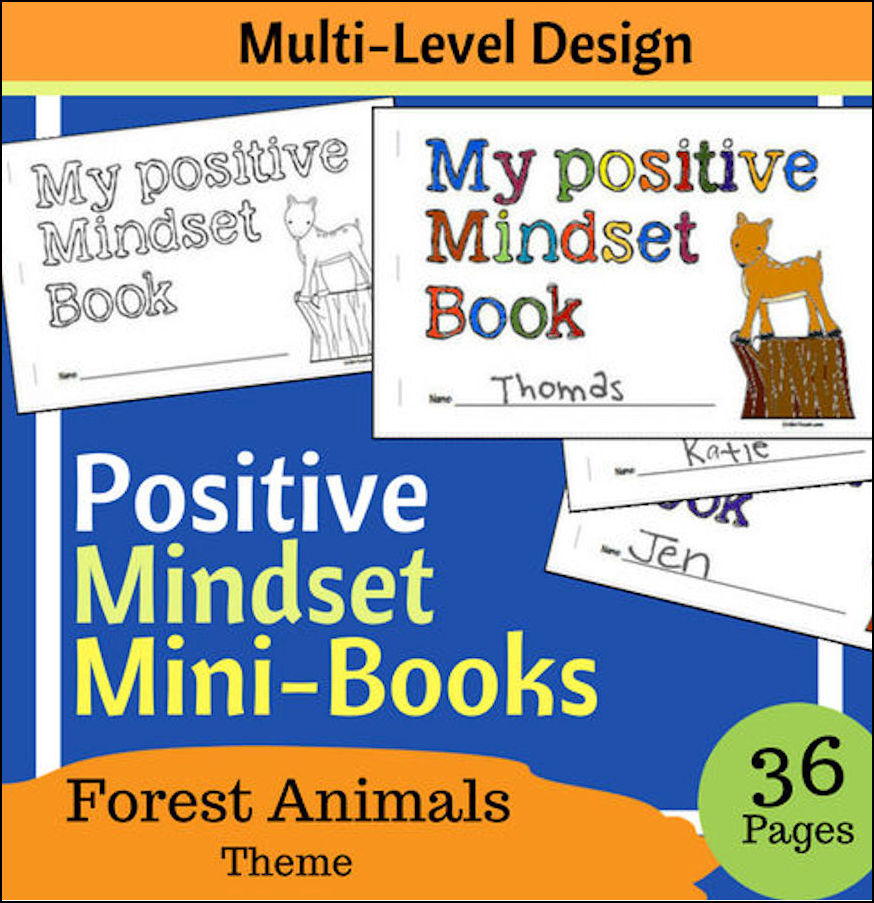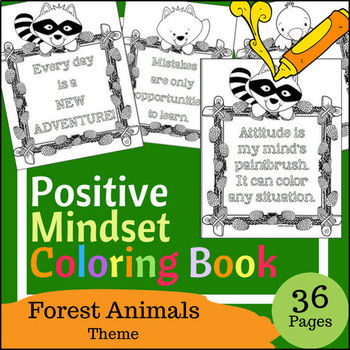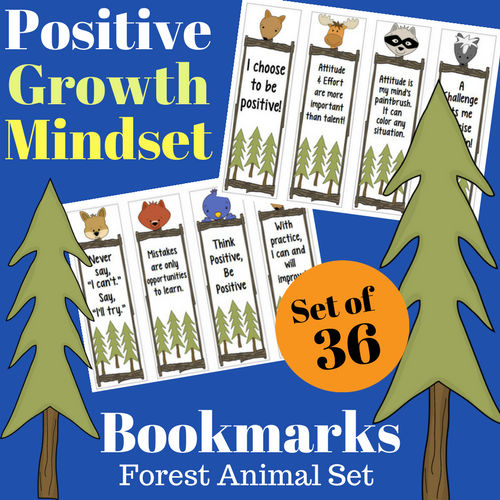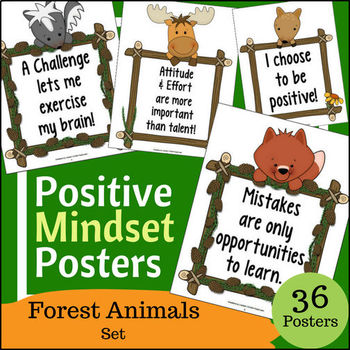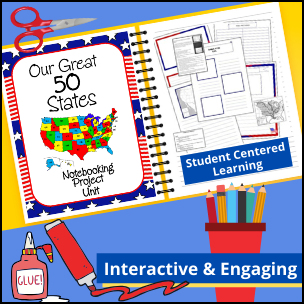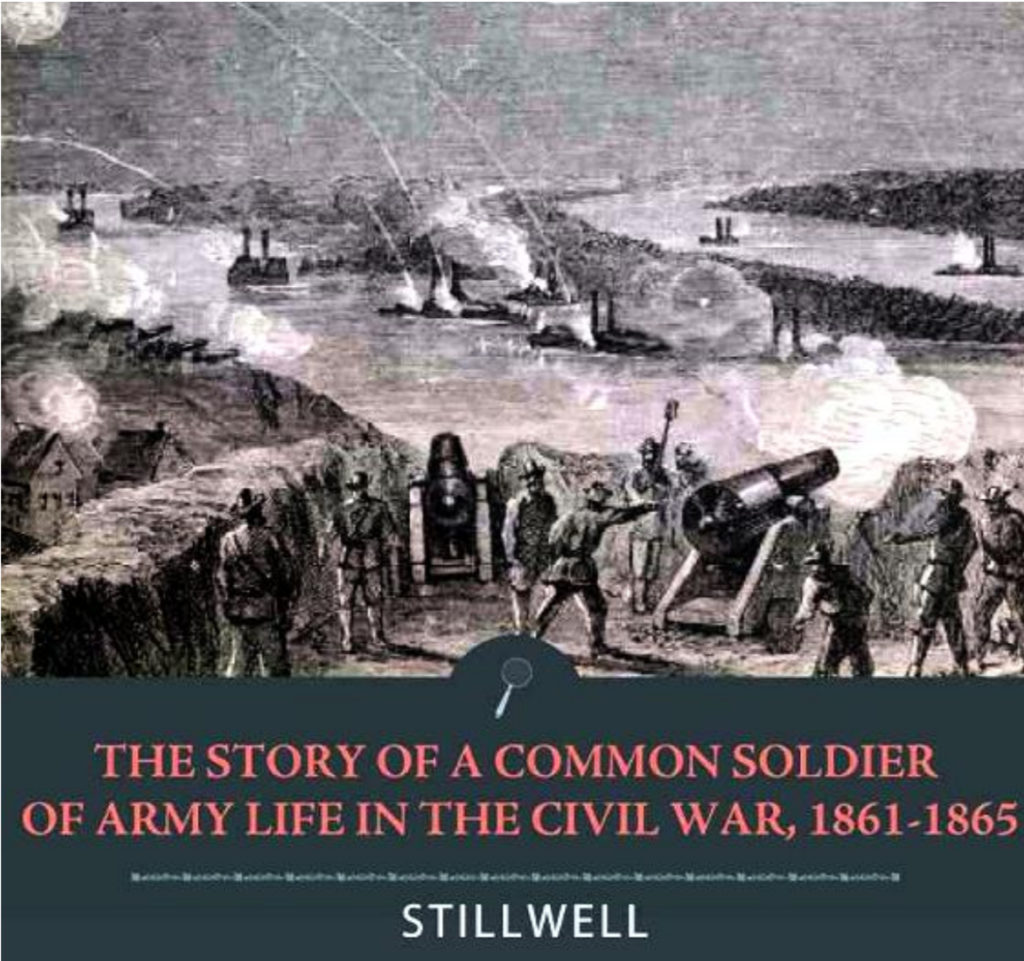“Curiosity killed the cat.” You’ve probably heard this saying at sometime in your life. In my youth, it was one thing parents might say to children when they are getting ready to do something they shouldn’t. The saying is actually hundreds of years old and is a proverb used to warn of the dangers of unnecessary investigation or experimentation. In education however, CURIOSITY is KEY!
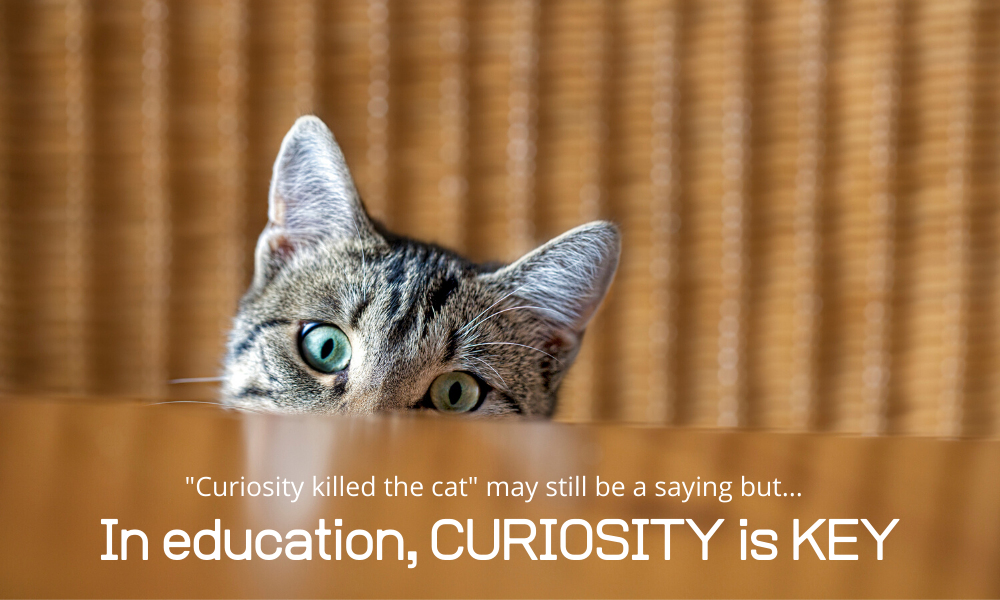
Today in education, nurturing the curious mind is often not the priority. Instead, curiosity is pushed to the side as our children are prepared to pass a test. All to often, we treasure ‘knowing’ and not the experience of learning.
Sanjay Sarma, VP for Open Learning at MIT, thinks that our learning approach is dated…
“We educate people the same way we trained workers to use machines in the Industrial Revolution. The most important thing in learning in curiosity. We need to build the habit of continuous learning. And, most importantly, better learning.
All children are born with a curious nature. They explore everything. It is through this exploration that they learn about the world around them…and yet, something seems to happen within formal education that dampens (if not kills) that curiosity within them.

So how can we keep our children’s curiosity at the forefront of learning? Here are some basic things to keep in mind…
1. Cue into students’ interests.
Pique a student’s curiosity by building activities around her interests, preferences, and a sense of challenge. Focusing on rules, obedience, and inflexibility interferes with curiosity. If you acknowledge students by listening and being responsive to what they care about, curiosity has a chance to flourish. Help students find a meaningful connection and boredom transforms into curiosity.
If you have a child that is interested in nature and loves to take walks, why not do just that! Here are two MTL products for younger children that can be fun and spark curiosity…
2. Satisfy that feeling of competence.
Sparking curiosity takes more than pointing out that something or someone is interesting, complex, or mysterious, or that the outcome of what is going to happen is uncertain. After something new grabs their attention, students need to feel competent and understand it. That can make all the difference in whether they act on their curiosity or find something else to do. If students don’t feel competent, they are more likely to flee than explore. Create opportunities for skill-building and success. Allow time for play, free of constraints such as the fear of failure, and offer constructive feedback.
Play can be very educational! Take for example playing with pattern blocks. Give a child some pattern blocks and see what he/she can create! If they need a little ‘kick start’ on the type of fun things that can be made, check out the MTL product…
Don’t have pattern blocks? The above resource includes print and use templates!
3. Accept the negative and uncertain.
Embrace uncertainty. Pursuing new territory can be a source of tension and ambivalence. By acting on their curiosity, students can explore this tension instead of trying to hide those feelings. As a result, they become better problem solvers and show a greater willingness to change, even if it requires a great deal of effort. Teach students to be more tolerant of distress and the unpredictable, complex world that confronts them.
MTL has several Growth Mindset products to help students learn things such as…
- Mistakes are opportunities to learn
- A challenge lets me exercise my brain
- Attitude and Effort are more important than talent
See all Growth Mindset Products!
4. Knowledge opens kids’ eyes.
If you want students to be curious, help them accumulate knowledge. The more they know, the more they’ll want to know. The child who can name 45 states is much more interested in discovering the five he doesn’t know than the child with only three states in her brain bank.
Here are several MTL products that will require students to dig in and accumulate knowledge in an interactive way…
5. Find the unfamiliar in the familiar.
If you think you are an expert, you may stop paying attention and curiosity can disappear. When you think you basically understand everything about your students’ personalities, you start relying heavily on old scripts and categories. It’s the same for students. There is always novelty in the present.
With this in mind, take something they ‘know about’ and begin asking questions to challenge that knowledge. Here’s an example. If a student knows the names of birds in their local area, do they ‘really’ know about those birds? Here is one MTL product that would get them really investigating and learning more and seeing they may not know as much as they thought!
6. Remember that things change.
You learn to be curious when you recognize that there are few absolute answers in life. Flexible thinking leads to flexible people. When you ask students for their thoughts on whether the Iraq War was a good thing or legalizing casinos is an intelligent idea, remember that the right answer is: “It depends.” This slight modification in language lets people know that things operate differently depending on what you are doing and the situation. Move away from black-and-white thinking to a greater appreciation of the beautiful gray area between.
Here is one suggestion for the High School student. Ask the student to imagine what a day in the life was like for soldier during the Civil War. Knowing what they currently know about the war, do they believe that there were any reasons to volunteer? Not to volunteer? Would they have volunteered?
Then, have them read one or both of these books available on MTL…
After the student as read at least one of these books, have them write two arguments:
- Why volunteer to fight in the Civil War
- Why not to volunteer to fight in the Civil War
I do hope that this article has given you some things (and some resources) to begin thinking about how you can grow a child’s curiosity!


